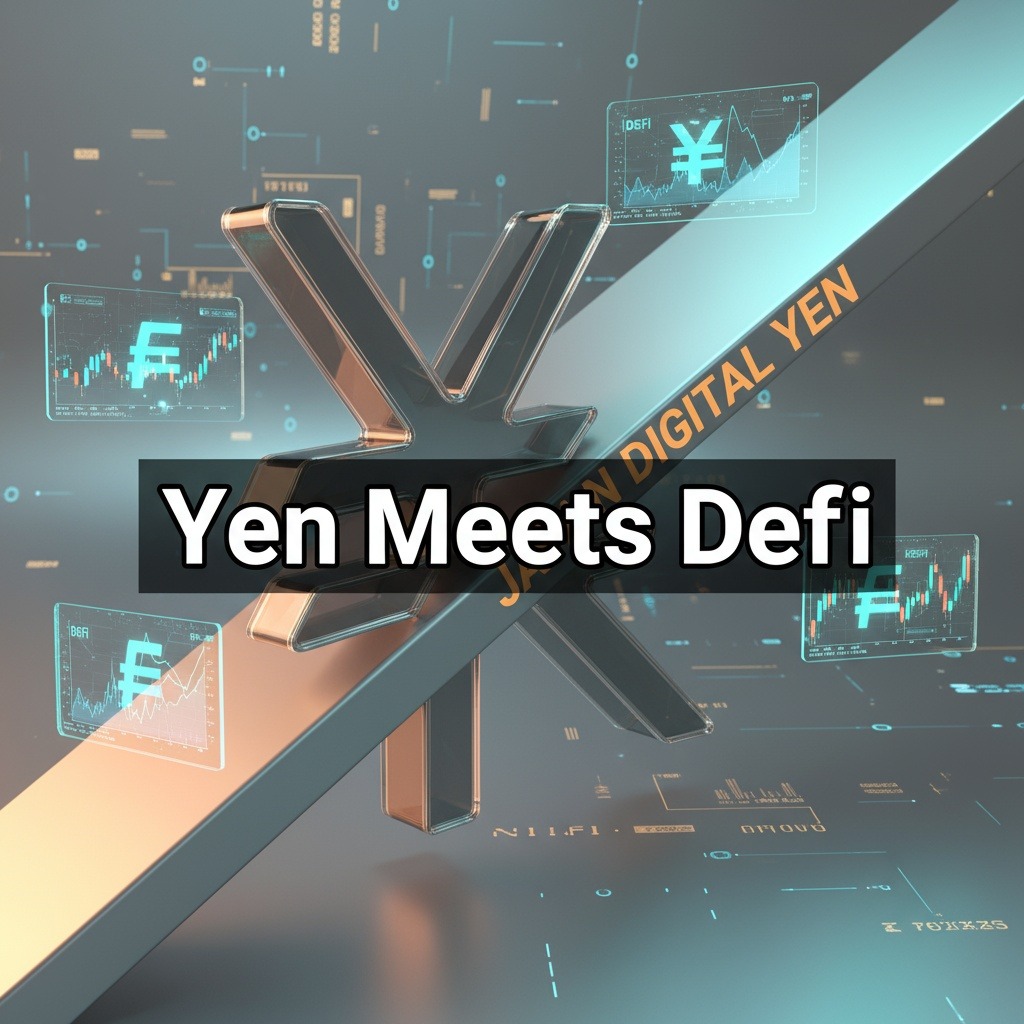In an era where companies and nations are reshaping their treasury strategies, the inclusion of cryptocurrencies such as Bitcoin (BTC) and Ether (ETH) has garnered significant attention. These digital assets are carving out a pivotal role in the financial frameworks of both corporations and sovereign nations as traditional reserves face mounting challenges.
The treasury model is evolving from conventional assets like cash, gold, and government bonds to embrace the benefits of cryptocurrencies. Traditional reserves often struggled with issues such as inflation eroding purchasing power and the inherent risks tied to bonds and foreign exchange fluctuations. As a result, organizations are increasingly seeking reserves that maintain value, can move quickly across borders, and integrate seamlessly into digital infrastructure. This shift has positioned Bitcoin and Ether beside traditional financial assets in balance sheets.
Bitcoin Treasuries: The Digital Gold Standard
Since the launch of Bitcoin in 2009, it has been viewed as the flagship cryptocurrency, often described as digital gold. Its status as a reliable hedge against inflation attracts treasuries looking to protect their assets from the volatility of fiat currencies. Recently proposed legislation by U.S. Senator Cynthia Lummis aims to mandate the acquisition of one million BTC by the U.S. Treasury, while initiatives like El Salvador’s adoption of BTC as legal tender mark significant milestones in national cryptocurrency strategies.
Corporate entities have also embraced Bitcoin, with companies like Strategy consistently adding BTC to their portfolios, viewing it as a central asset in their treasury management. Bitcoin’s characteristics—high liquidity, scarcity, and global acceptance—contribute to its attractiveness. This popularity does come with challenges, such as volatility that can impact balance sheets, necessitating strategies that utilize lending or derivatives to offset potential losses.
For instance, Semler Scientific recently exemplified corporate Bitcoin adoption by acquiring an additional 210 BTC, amounting to approximately $25 million, showcasing a growing trend among businesses to diversify their treasury assets.
Ether Treasuries: The Programmable Future
On the other hand, Ether is emerging as a compelling alternative within the crypto treasury landscape, especially following its transition to a proof-of-stake model known as the Merge. This shift not only lowered energy consumption but also introduced the capability for staking, enabling treasuries to earn annual returns of between 3% and 5%. In this regard, Ether not only functions as a store of value but also serves as a productive asset that generates income.
The expanding Ethereum ecosystem reinforces its appeal. Through decentralized finance (DeFi), treasury managers can access liquidity without having to liquidate their crypto holdings. Moreover, Ethereum’s advancements in tokenization—transforming real-world assets into digital forms—enhance its utility as a financial platform, making it an attractive component for long-term treasury planning.
Institutional interest in Ether is on the rise, with many companies beginning to include it in their treasury strategies. The introduction of exchange-traded funds (ETFs) based on Ether underscores its growing acceptance in regulated markets, and decentralized autonomous organizations (DAOs) are also leveraging ETH reserves to promote stability.
However, Ether is not without its challenges. Regulatory uncertainties in key global markets, risks associated with staking performance, and the technical complexities of Ethereum present obstacles that treasuries must navigate. Despite these hurdles, the outlook for Ether as a treasury asset in 2025 suggests it will continue to gain recognition for its flexibility and capability to generate returns.
In summary, both Bitcoin and Ether are transforming treasury strategies for corporations and nations, each presenting unique advantages and challenges. As the crypto landscape continues to evolve, the decision on which asset to prioritize will ultimately depend on the specific needs and goals of each treasury.



